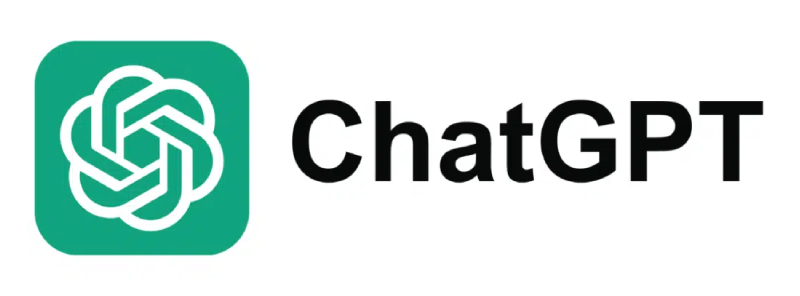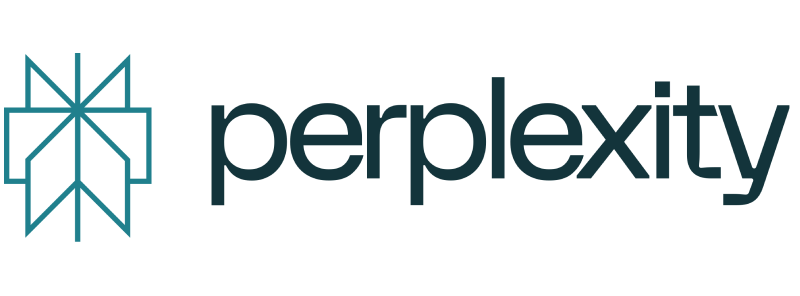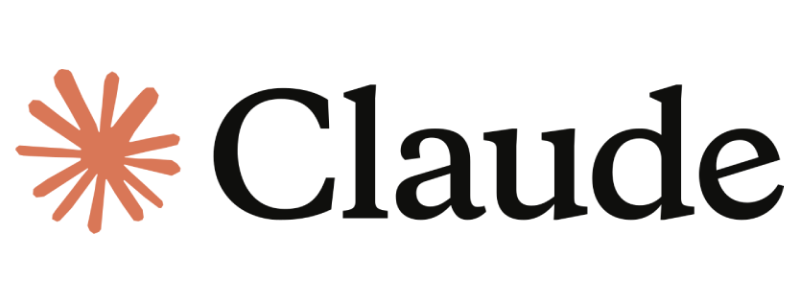Key takeaways
● Hold harmless agreements protect businesses against unexpected legal liabilities such as property damage, personal injury and bodily harm, and negligence
● These agreements are common in several industries, including construction, healthcare, travel and tourism, transportation, technology and software, and sports and recreation
● You can use Docupilot to create valid, accurate, and legally binding hold harmless agreements at scale
While any type of business activity carries an element of risk, there are some activities, like construction or oil and gas exploration, that carry a higher probability of legal liability.
This raises an important question: can businesses engage in essential activities while protecting themselves from legal liability?
The answer lies in using a simple hold harmless agreement.
This article covers the essentials of hold harmless agreements, their definition and purpose, types, use cases, and how contract automation with Docupilot can help you easily create effective hold harmless contracts.
What is a Hold Harmless Agreement?
A Hold Harmless Agreement (HHA) is a contract with a clause that protects one or both parties against potential legal liability. These agreements are common in situations with a high probability of injury or loss.
For example, medical facilities such as hospitals, clinics, and healthcare providers use these agreements to protect themselves against liability for issues related to patient treatment or medical procedures.
Hold harmless agreements are also known as hold harmless clauses or hold harmless provisions.
Types of Hold Harmless Agreements
Depending on the circumstances, businesses can create a unilateral or bilateral (or mutual) hold harmless contract.
Unilateral vs. mutual hold harmless agreements
Unilateral hold harmless agreements protect one party against legal liability. A contract that protects a cloud-based service provider from liability related to data breaches, system failures, or software malfunctions is an example of a unilateral HHA.
Bilateral hold harmless agreements protect both parties against legal liability. A contract that protects an event organizer and the venue owner from liability for any potential incidents during an event, such as personal injuries, accidents, or losses related to event disruption or cancellations, is an example of a bilateral HHA.
If required, a bilateral HHA can be extended to include more than two parties by explicitly identifying and adding additional parties to the contract.
Scope of coverage
In addition to being unilateral or bilateral, hold harmless agreements can also vary with the degree of protection they provide, which can be classified into three general categories:
● Limited: Coverage applies to specific risks or actions, such as a contractor agreeing to hold a property owner harmless only for damages caused by workers during the construction period
● Intermediate: Coverage applies to a broader range of activities but with some exclusions, such as intentional misconduct or gross negligence. For example, a rental agreement for equipment holding the owner harmless for any injuries or damages arising during equipment use
● Broad: Coverage applies to virtually all types of risks, except extreme cases such as willful misconduct or gross negligence. For example, an agreement between a venue owner and an event organizer that releases the venue owner from all liability for accidents, damages, or injuries that occur during an event, even if the venue itself is partly at fault, as long as there is no gross negligence
When Do You Need a Hold Harmless Agreement?
Several essential individual and business activities are fraught with risk. However, you can use a carefully drafted hold harmless agreement to protect yourself and your business from legal risk.
Let’s explore examples across various industries where these agreements safeguard legal interests while ensuring contract performance.
1. Construction
Construction involves significant risk of personal injury and damage to equipment and property. Hold harmless agreements are common in the construction industry: property owners can use them to ensure contractors take full responsibility for any accidents, damages, or injuries that occur on a site during project execution. Contractors can use them for protection against liability arising from the actions of one or multiple subcontractors
2. Real estate
Real estate is another common use case for HHAs: property owners use them for protection against liability related to a tenant's activities or damage. Property sellers and real estate agents use them for protection against liability after a property sale
3. Healthcare
While healthcare providers do their utmost to ensure patient health and safety, they must protect themselves from financial and legal liability. They use HHAs to limit potential exposure to lawsuits, and clarify who will be responsible for certain types of liabilities. For example, patients must sign consent forms clarifying they will not hold a healthcare provider responsible for risks inherent in a treatment or surgery, provided the provider acts within the standard of care
4. Sports
Most sports carry risk of serious injury. Sports leagues use hold harmless clauses in contracts to limit the league's liability in case of injuries. Companies involved in extreme sports such as bungee jumping, skydiving, or rock climbing use HHAs that acknowledge participant understanding of inherent risks and agreement to not hold these companies responsible for resulting injuries or accidents
Factors Affecting Validity of Hold Harmless Agreements
Several factors influence the validity of hold harmless agreements and determine whether agreements are enforceable in a court of law.
Clear and specific language
Precise and unambiguous language is an essential component of legally binding contracts, including hold harmless agreements.
Use of vague and fuzzy language can render agreements unenforceable.
Contracts must clearly define the scope of coverage, extent of waived liability, and necessary exclusions.
Legality of the underlying agreement
Any underlying contract with a hold harmless clause must be legally valid and enforceable.
If a contract is void due to fraud, duress, or illegality, the hold harmless agreement within it will automatically become invalid.
Furthermore, as local regulations dictate the enforceability of indemnity clauses, the terms of a hold harmless agreement must comply with the laws of the jurisdiction where the contract is executed.
Insurance cover
The validity of hold harmless agreements can be affected by the presence or absence of adequate insurance cover. For example, if an agreement intends to transfer liability, but the protected party lacks appropriate insurance cover, the agreement might not be upheld in court.
Discretion of courts
Another important criterion affecting HHA validity is the court's discretion regarding fairness, specific circumstances surrounding contract creation, and compliance with legal or public policy standards.
How Contract Automation Helps with Creating a Hold Harmless Agreement
You can create hold harmless agreements the old-fashioned manual way. However, manual contract creation is time-consuming, requires additional human resources for scalability, which increases costs, and carries the ever-present risk of human error.
Contract automation is a better, more modern way of creating HHAs. It uses software tools and automated processes to reduce manual errors and streamline contract creation for businesses of all sizes.
Customizable templates for creating hold harmless agreements tailored to specific needs
Who wants to start with a blank slate and painstakingly write down each word of a contract? It’s intimidating to even think about!
With contract automation, you can create a template once, and use it as many times as you need. For each new contract, you can add or delete clauses to the template, fill in the necessary details, and you are good to go.
Document automation features that ensure compliance with legal standards
With manual processes, it is easy to overlook important details necessary for legal compliance.
With contract automation, you can build templates with the necessary legal jargon, so that you don’t have to worry about legal compliance, and can instead focus on what matters: customizing and creating comprehensive contracts.
Streamlined process that saves time and reduces the risk of errors
Manual processes are haphazard: draft a contract, request review and approval, and wait. Repeat as many times as necessary.
Have you ever missed an attachment when sending an email? Who hasn’t!
Automated contract processes are streamlined and save you time and money. Starting with a template, you can quickly create a first draft, and the software will automatically assign it for review and approval. You don’t have to send manual requests for review. Integrations built into the software will take care of that, letting you focus on what matters. The software also takes care of repetitive tasks where humans often slip up.
How to Create Hold Harmless Agreements with Docupilot
Here’s a step-by-step guide on how you can use Docupilot, a powerful contract automation tool, to create hold harmless contracts.
Step 1: Create a contract template
It all starts with a template, and Docupilot offers multiple methods to easily create one. You can use the Online Builder to create a template, upload an existing template, or pick a template from the gallery and customize it.

Docupilot supports multiple file formats, including PDF, DOCX, XLSX, and PPTX.
In the template, you can include relevant hold harmless clauses, terms and conditions, and other necessary details required.
Step 2: Set up tokens (merge fields)
Automation means the software takes care of repetitive stuff. And this is where Docupilot excels.
Each contract has static and dynamic information. Static information, like clauses, doesn’t change, whereas dynamic information, like client names and addresses, changes from contract to contract.
Docupilot uses tokens (merge fields) for dynamic information. After you have added the static information to the template, add tokens for dynamic information so that you can automate the population of the contract from data sources or apps such as Airtable.
Step 3: Integrate with other tools for data import
Docupilot supports 70+ third party integrations, including Salesforce, Box, and Docusign.
To import data from Airtable, you can use Docupilot's Airtable extension. For other data sources, such as Excel and Google Sheets, you can use Zapier to set up the integration.
Step 4: Customize and generate contracts
Once your template is ready and connected to a data source, you can review it, and after verification, generate the contract.
Step 5: Set up approval workflows
Contract review and approval are important for verifying accuracy, comprehensiveness, and legal compliance. Each time you edit or generate a new contract or hold harmless form, get it reviewed to minimize the risk of any potential problems.
You can use Zapier to set up approval workflows in Docupilot.
Step 6: Sign and distribute the contract
For e-signatures, you can set up deliveries within Docupilot for DocuSign, Signable, SignNow, and Yousign.
Once the hold harmless letter or agreement is signed, you can deliver it via email or store it securely online.
Conclusion
Hold harmless agreements are a legal tool you can use to engage in essential but risky activities and, at the same time, protect yourself and your business from legal liability.
You can create these agreements manually: this is a time-consuming and expensive process that is prone to errors and does not scale effectively.
Contract automation is a superior alternative: it is cost-effective, fast, significantly reduces the probability of errors, and is scalable by design.
Docupilot is a premium contract automation tool you can use to streamline the process of creating effective hold harmless agreements.
With affordable credit-based pricing, it is suitable for businesses of all sizes. When you sign up, you get full access to all features, regardless of the pricing plan you choose.
Sign up for a 30-day free trial and start creating comprehensive hold harmless agreements today.


















